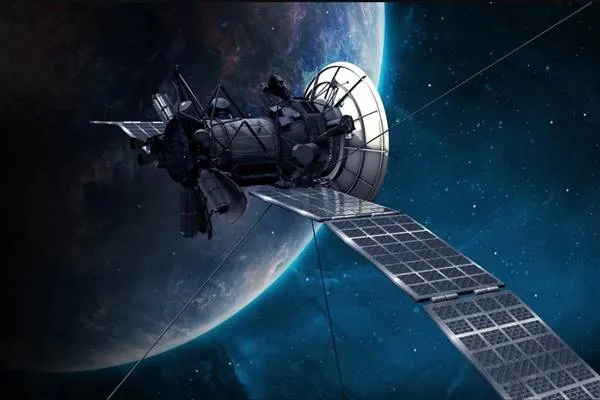Dr. Loeb: 3I/ATLAS increased its brightness while emitting gas
Istanbul, November 11 (Hibya) – Harvard astrophysicist Dr. Avi Loeb said that the mysterious interstellar object 3I/ATLAS increased its brightness during its recent closest approach to the Sun, releasing gas at high speed due to solar radiation.
According to Loeb, new images taken by British astronomers Michael Buechner and Frank Niebling show that the object formed a massive “anti-tail” and a separate “smoky” trail extending roughly 620,000 miles toward the Sun and 1.86 million miles in the opposite direction.
“For a natural comet, the jet outflow velocity at the distance of 3I/ATLAS from the Sun would be expected to be around 0.248 miles per second,” he added. “At that speed, the jets must have continued for a period of 1–3 months.”
However, according to Loeb’s calculations, 3I/ATLAS would have had to absorb an enormous amount of solar energy to sublimate enough carbon dioxide and water ice to lose such a large fraction of its mass.
He noted that the Sun provides about 700 joules per second per square meter at perihelion distance. “This means that the absorbing area of 3I/ATLAS must exceed 617 square miles, equivalent to a sphere roughly 14.3 miles in diameter,” Loeb explained.
This is about four times larger than previous estimates suggesting the object had a diameter of at least 3.1 miles and a mass of at least 33 billion tons. According to Loeb, while solar system comets typically lose mass as they approach the Sun, 3I/ATLAS appears to remain an exception.
“The surface area required to produce the post-perihelion mass loss inferred from recent images is at least 16 times larger than the upper limit derived from the July 21, 2025, Hubble image. When Webb data were collected on August 6, 2025, 3I/ATLAS was losing only about 330 pounds per second.”
In other words, the mysterious visitor transitioned from losing a few hundred pounds per second in August to about 4.4 million pounds per second near perihelion — a “dramatic increase,” Loeb said.
“Was the dramatic mass loss and brightening of 3I/ATLAS at perihelion evidence of its fragmentation?” the astronomer asked. “Breaking apart would have increased its surface area.”
Avi Loeb is the President of the Galileo Project, Founding Director of Harvard’s Black Hole Initiative, Director of the Institute for Theory and Computation at the Harvard-Smithsonian Center for Astrophysics, former Chair of Harvard’s Department of Astronomy, author of the bestseller “Extraterrestrial: The First Sign of Intelligent Life Beyond Earth”, and co-author of the textbook “Life in the Cosmos.”
Europe Asia News
















